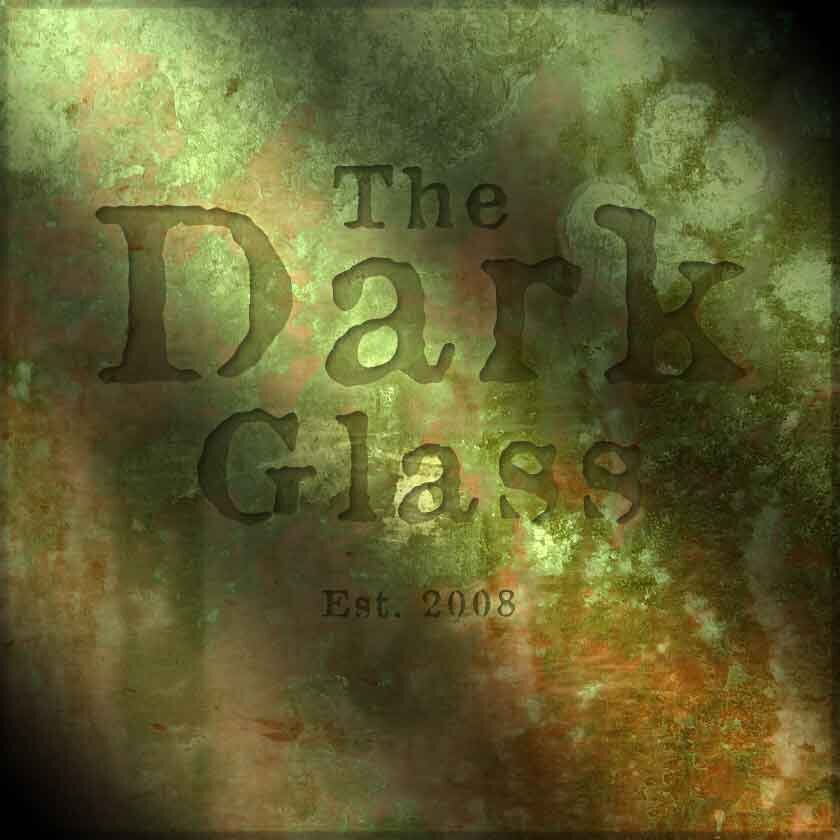Don’t ask for content. Ask for outcomes.
With alarming regularity, I find myself in a certain kind of meeting. I suspect anyone tasked with creating content will relate.
In this meeting, the stakeholder reviews a piece of content I or someone on my team has made. Their lips are pursed. Their eyebrows furrow.
“This isn’t what I was expecting,” they say. And then, “Why didn’t you follow the brief?”
The frankness of my reply varies depending on how senior the stakeholder is, but it’s usually something like this: “Well, your brief was pretty vague.”
Almost inevitably, this is followed by a conversation with that stakeholder’s manager asking, “Tell us what we need to put into the brief, so we get you what we need next time.”
I’ve thought a lot about this question and the reality is that the answer depends on what kind of content you want and what your process for creating content is. In my experience, the traditional model in marketing goes like this: a marketer creates a brief asking for a pre-defined set of deliverables (emails, webpages, banners, etc.). That brief then goes to an execution arm (often an agency or the in-house creative team). The assumption here is that the brief (which is usually not very brief) contains absolutely every scrap the information the creative team might need to meet the request, including detailed messaging. (Requests for additional information are met with frustration or confusion.)
In the other model, the brief is truly brief. It details a specific set of goals or outcomes the final content needs to deliver, establishes the parameters (budgets, timelines, priority, etc.) and then leaves it to the creative team to pitch a bill of materials that will achieve the desired outcomes. In my experience, this model is usually only adopted with high-profile agencies, when the business feels like it needs a bespoke solution to a specific problem.
In reality, both options can work in certain situations, but to me there’s a fundamental difference that I think is important. The first model is about providing the creative team with answers. The second about prompting questions. You don’t have to know very much about the creative process to guess which one will lead to better, more creative content.
In the software world, there’s a similar idea. A business stakeholder who comes to the table with a set of feature requests is going to be disappointed. Timelines force the product teams to defang the feature. Unexpected problems in the face of a myopic focus on this pre-defined thing prevents agility. A massive backlog of other feature requests makes prioritization difficult and jilted stakeholders angry. It often comes down to which stakeholder is the scariest.
The solution there is to focus on defining outcomes at the beginning of the process, not features. Doing this prompts the design team to ask questions about what’s possible, about all the different ways to meet the stated objective, and ultimately present a set of features that can realistically meet the criteria of viability, desirability, and feasibility.
This solution works wonderfully for product teams. But in today’s customer-experience-obsessed market, the reality is that more often than not, our brands are our products. If a good customer experience is defined as the sum of every interaction a customer has with a brand, from first marketing touch to deep product engagement, then the brand really is the product.
And the feature-set of that product is your content.
So of course, there are times that both kinds of briefs can work. In some cases, the request is small. The creative lift is minimal, and all that’s needed is a prescriptive description of what needs to happen. But in my opinion, this should be the exception.
Instead, teams who have content-related needs should start thinking in terms of outcomes, not pre-defined inventories of content. What is it that you’d like your content to do? What information are you trying to communicate? What effect do you want to have on our customers?
By asking for outcomes and letting the creative team explore the many ways content could meet those outcomes, stakeholders can expect better, more predictable results.
